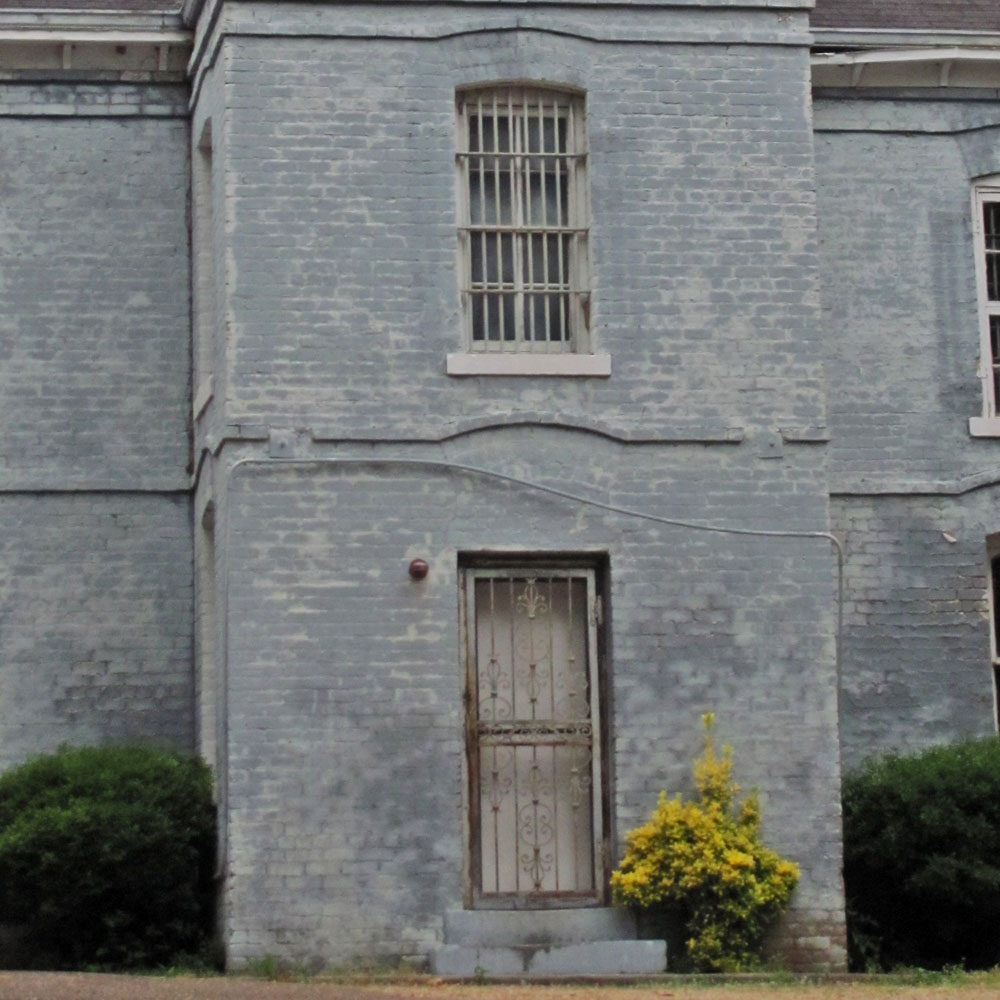
December 13, 2019; New York Times
You’re more likely to go to jail if you live in a rural community.
For decades, your odds of getting locked in jail in cities greatly exceeded your odds of getting jailed in rural areas. About fifteen years ago, however, those rates equalized. And today, people in rural counties are more than twice as likely to go to jail as people in urban areas. And the gap continues to grow. Jail populations have dropped 18 percent in urban areas since 2013 but have climbed 27 percent in rural areas, with suburban jail populations remaining about the same.
What’s this about? One factor is the shift in the location of crime. While crime rates overall have declined in the United States, especially in cities, violent crime rates have risen in many rural communities. According to Alan Greenblatt in Governing, the rural crime rate exceeded the national average in 2016 for the first time in a decade. Job losses and opioids were among the culprits.
Still, we can’t simply pin the rise in jailing in rural areas to the opioid epidemic. Although rural counties saw higher age-adjusted rates of drug overdose deaths between 2007–2015, the trend reversed itself in 2016.
There are two additional factors, however, that help to explain this shifting geography of incarceration from urban to rural: first, the relative dysfunction of rural justice systems; and second, a local jail building boom in fiscally strapped rural communities fueled by overflowing state prisons and the rising demand to confine undocumented immigrants awaiting deportation.
The rural justice system
Rural communities lack both the resources and perhaps the political will to reduce incarceration, particularly for the growing number of people with drug and mental health issues.
“In the big city, you get a ticket and a trip to the clinic,” said Jacob Kang-Brown, a senior research associate at the Vera Institute of Justice. “But in a smaller area, you might get three months in jail.”
Sign up for our free newsletters
Subscribe to NPQ's newsletters to have our top stories delivered directly to your inbox.
By signing up, you agree to our privacy policy and terms of use, and to receive messages from NPQ and our partners.
The rural criminal justice problem has many dimensions: poorly trained coroners, a lack of public defenders, limited oversight of intermediary courts, and skyrocketing pretrial detention rates fueled by hefty bail requirements. These rates have grown by 436 percent from 1970 to 2013 in rural counties. That translates to 200 people locked up in criminal justice limbo for every 100,000 residents.
And here’s where the opioid epidemic has indeed had a disproportionate impact on rural communities. While opioid addiction is a problem in both big cities and rural communities, many big cities have invested in treatment options and diversion programs to help drug users, rather than jailing users. But small towns don’t have the resources to invest in these options. These limited treatment options are aggravated by the mounting closures of rural hospitals as jail beds substitute for hospital beds.
The financial lure of jail contracts
In the US, a prison—operated by a state or the federal government to house prisoners convicted of felony convictions—differs from a jail. Jails are operated by county or city governments and serve people typically for less than a year. Many in jail are waiting on a plea agreement, trial, or sentencing; are convicted of a misdemeanor rather than a felony; or are awaiting transfer to a state or federal facility after being sentenced.
But jails are increasingly getting the spillover from overcrowded state facilities. Between 1970 and 2015, the number of incarcerated in county and city jails has ballooned from 150,000 to 700,000 per day. In Calhoun County, Alabama, for instance, 250 of the 600 held in jail there come from state prisons.
Federal agencies are also pushing local jail building. The number of Immigration and Customs Enforcement (ICE) detainees held in jails rose by about 4,300 from 2013 to 2017. And it is estimated that ICE paid about $133 per day in 2017 to house immigrants, more than double what most states were paying to house convicts. Louisiana is now an epicenter for immigrant detention where eight local jails are now housing about 8,000 asylum seekers. These rural facilities are several hours away from New Orleans and other major cities, distant from most immigrant rights’ groups and immigration lawyers.
But the federal push to expand local jails doesn’t just come from ICE. The US Department of Agriculture’s Community Facilities Loan and Grant Program has funded over $360 million in jail construction in rural areas since 1996. Although designed in the Nixon era to finance essential community infrastructure in rural communities—fire stations, hospitals, and community centers—these funds are increasingly used to help rural counties build new or expand their jails. The rationale? Job creation in job-hungry rural places.
Joe Biden’s home town of Scranton, Pennsylvania, is one example of this geographic shift in incarceration. Its Lackawanna County Jail is 15 times larger than in 1970 with a county (population of 213,000) incarceration rate now twice as high as New York City. The same pattern holds for neighboring New York, where New York City’s incarceration rate has dropped 70 percent since 1991 while rural upstate New York’s rate increased by 66 percent.
Rural communities’ slide towards mass incarceration is the wrong response to accelerating challenges—opioids, declining state funds, eroding local tax bases, environmental degradation, and flagging economies. The right responses are clear, from bail reform to locally based job creation strategies to investing in education. But they take political courage, persistence, a focus on the long haul, and the shared belief that rural places can truly be good places to live.—Debby Warren













